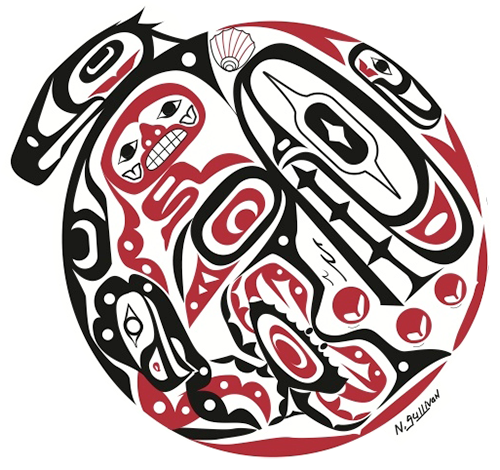Wildlife
Wildlife: A History of Cultural Importance
Deer, elk, bear, ducks, and other wildlife have been as important to the survival of western Washington Tribes as the harvest of salmon and shellfish. Today, hunting remains an integral part of Tribal life.
 Historically, wildlife played a vital role in the tribal economy. In subsistence and in commerce, these resources shaped the tribe’s identity and connection to the land and to the wildlife.
Historically, wildlife played a vital role in the tribal economy. In subsistence and in commerce, these resources shaped the tribe’s identity and connection to the land and to the wildlife.
Traditionally, deer and elk have been hunted with bow and arrow. Hunters who brought down elk were important in the community, bringing in a resource no one else could supply. Both elk and deer meat could be dried over a slow burning alder fire, or by steaming on hot rocks covered in mats.
Many items of clothing, as well as functional tools, were created from elk and deer hunted by the tribe. Elk hides were the only source of leather, and deer brain was used to tan the hides, which are used today in the making of ceremonial drums. Deer sinew was used to sew, while deerskins made blankets and clothing. Bone and antler, when sharpened, could be used in many ways: as arrowheads or harpoons for hunting, or as wedges for woodworking. Tallow made from the rendered fat of the animals was used as a base for paint.
The close connection of hunting wildlife and the prosperity and wellbeing of the tribe contributes to the deep spiritual importance that wildlife and hunting carry for the tribe.
